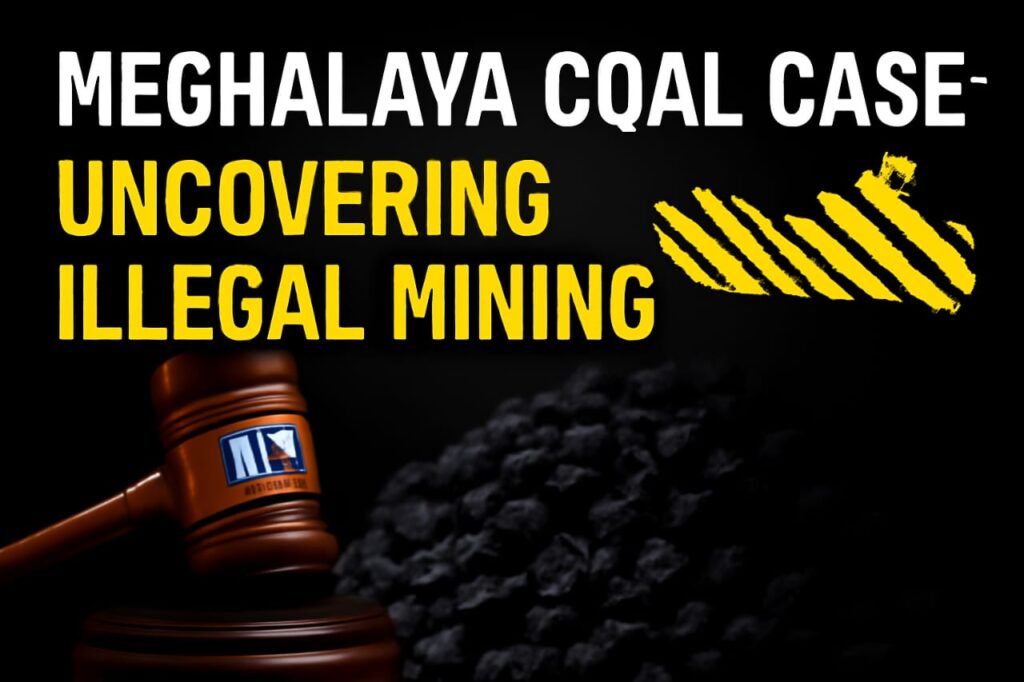The Meghalaya coal saga is a troubling story unfolding in India’s Northeast, revealing how illegal coal mining has entrenched itself despite bans and court orders. It’s a tale of thousands of tonnes of coal mysteriously vanishing from government-monitored depots, lax enforcement, and a powerful syndicate running an underground business that fuels industries far beyond the state’s borders.
Here’s what happened: In July 2025, the Meghalaya High Court raised a red flag when about 4,000 metric tonnes of coal disappeared from two key depots. These depots were supposed to have almost 4,000 tonnes stored under government watch. But when officials checked, the coal was gone—vanished into thin air. This disappearance pointed straight at serious gaps in the system and accountability, with the court pressing authorities to find out exactly who was behind the theft.
Meghalaya’s coal scene is largely dominated by an old and dangerous mining method called “rat-hole mining,” where miners extract coal through tiny, underground tunnels. This practice was banned years ago by the National Green Tribunal because it’s hazardous and environmentally destructive. Yet, illegal mining persists—not just in small pockets but on an industrial scale—driven by a syndicate that reportedly smuggles coal into neighboring Assam and beyond, often falsifying documents to make their operations appear legal.
The scale of the illegal trade is staggering. Mining continues unabated, with estimates suggesting over a thousand tonnes extracted daily. This coal feeds big industries such as coke plants, cement factories, and steel units across the region, generating millions in unaccounted cash profits. The crackdown by enforcement agencies and the courts has been slow and sporadic, with repeated reprimands from the Meghalaya High Court urging stricter action. Despite this, the system seems to falter continuously, with government officials and unknown perpetrators managing to stay a step ahead.
This worrying picture raises bigger questions about governance, environmental protection, and the rule of law in Meghalaya. The coal case is more than just missing tonnes of a mineral—it’s about how deep-rooted illegal practices can undermine development and environmental integrity, all under the watch of authorities who seem powerless or unwilling to intervene.
Going forward, the lesson is clear: Meghalaya’s authorities must strengthen oversight, ensure transparency, and bring the masterminds and their enablers to justice. Otherwise, this saga of vanished coal will keep repeating, draining the state’s resources while damaging its future.

